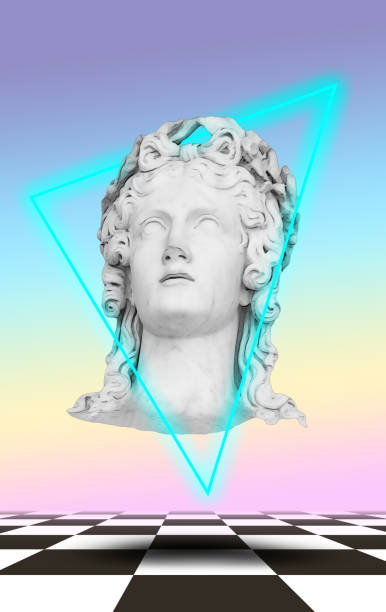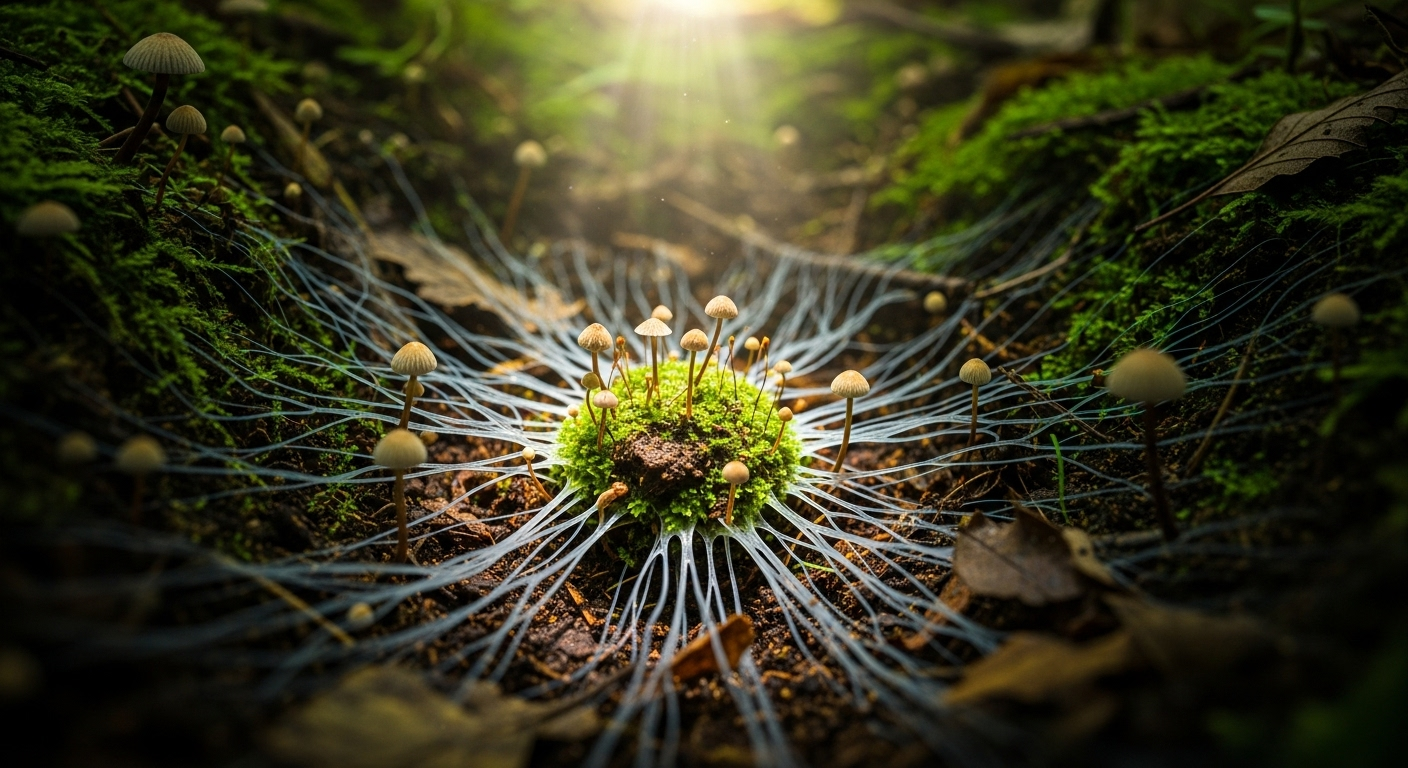Neon Nostalgia: Vaporwave's Aesthetic Resurgence in Digital Art
In the ever-evolving landscape of digital art, a retro-futuristic aesthetic has emerged, captivating audiences with its neon-soaked visuals and nostalgic undertones. Vaporwave, once considered a niche internet subculture, has experienced a remarkable resurgence in recent years, influencing everything from visual art to music and fashion. This article delves into the origins, evolution, and current impact of vaporwave aesthetics in the digital art world.

Aesthetic Foundations
The vaporwave visual style is instantly recognizable, featuring a palette of pastel pinks and blues, glitchy effects, and imagery borrowed from early computer graphics and 1990s web design. Classical sculptures, tropical landscapes, and corporate logos are often juxtaposed in surreal digital collages, creating a sense of both familiarity and disorientation.
From Subculture to Mainstream
Initially confined to niche online communities, vaporwave aesthetics have gradually seeped into mainstream visual culture. Major brands have adopted elements of the style in their advertising campaigns, while museums and galleries have begun to showcase vaporwave-inspired digital art. This shift has sparked debates about the commodification of internet subcultures and the nature of authenticity in digital art.
Digital Artists at the Forefront
A new generation of digital artists has embraced vaporwave aesthetics, pushing the boundaries of the style and exploring its potential for social commentary. These artists use the nostalgic elements of vaporwave to critique consumer culture, technological progress, and the nature of memory in the digital age. Their works often blur the lines between irony and sincerity, challenging viewers to reconsider their relationships with technology and pop culture.
Vaporwave in Contemporary Design
The influence of vaporwave has extended beyond pure art into the realm of graphic design and user interface creation. Web designers and app developers have incorporated elements of the aesthetic to create immersive digital experiences that evoke a sense of techno-nostalgia. This trend has led to a reevaluation of design principles from the early days of personal computing, with a fresh appreciation for the visual language of that era.
The Psychology of Digital Nostalgia
The enduring appeal of vaporwave aesthetics raises intriguing questions about the nature of nostalgia in the digital age. Psychologists and cultural theorists have begun to explore why imagery from the recent past resonates so strongly with audiences, particularly those who may be too young to have experienced the original context firsthand. This phenomenon, sometimes called faux-stalgia, speaks to a collective longing for a idealized, pre-internet era.
Critiques and Controversies
As with any artistic movement that gains widespread popularity, vaporwave has faced its share of criticism. Some argue that the aesthetic has become oversaturated and commodified, losing its original subversive edge. Others question the ethics of appropriating and recontextualizing cultural artifacts, particularly those from non-Western sources. These debates have led to thoughtful discussions about authorship, originality, and cultural sensitivity in digital art.
The Future of Vaporwave Aesthetics
While some predict that vaporwave will fade as quickly as it rose to prominence, others see it as part of a larger cyclical trend in visual culture. As technology continues to advance at a rapid pace, the desire for familiar, comforting imagery may only grow stronger. The challenge for artists working with vaporwave aesthetics will be to continue innovating within the style while maintaining its core appeal.
Conclusion
The resurgence of vaporwave aesthetics in digital art represents more than just a passing trend. It reflects deeper cultural anxieties about technology, nostalgia, and the pace of change in the modern world. As digital artists continue to explore and expand upon this visual language, vaporwave promises to remain a significant influence on contemporary visual culture, challenging us to reconsider our relationship with the recent past and our digital present.





